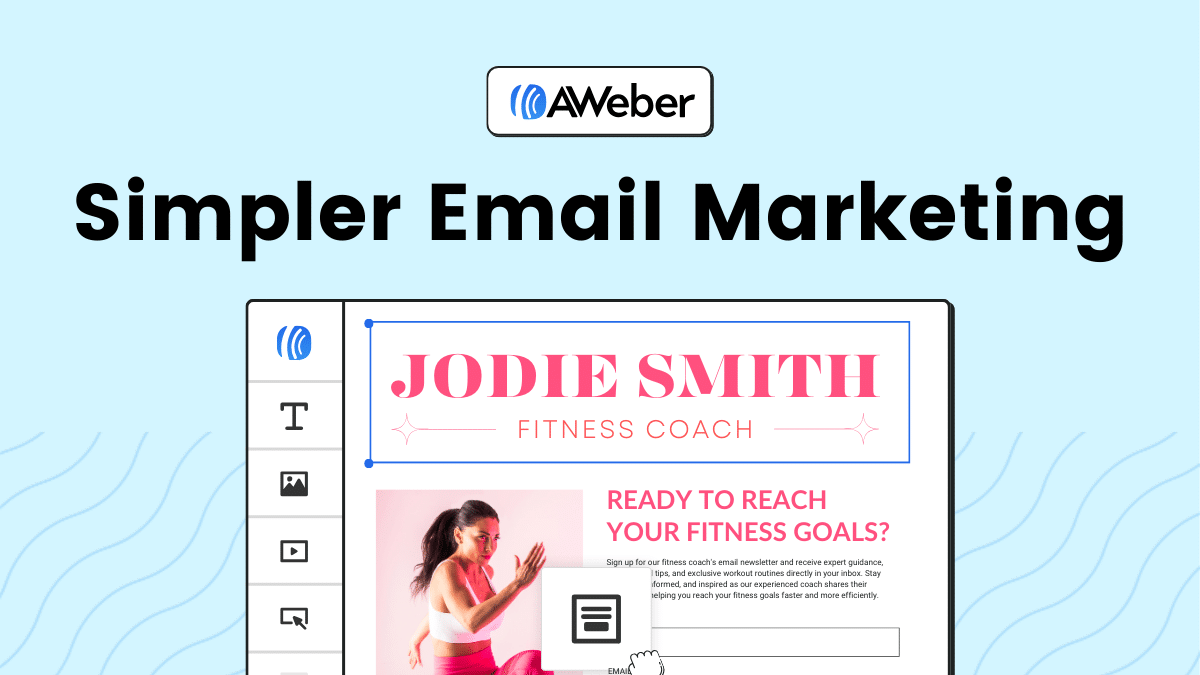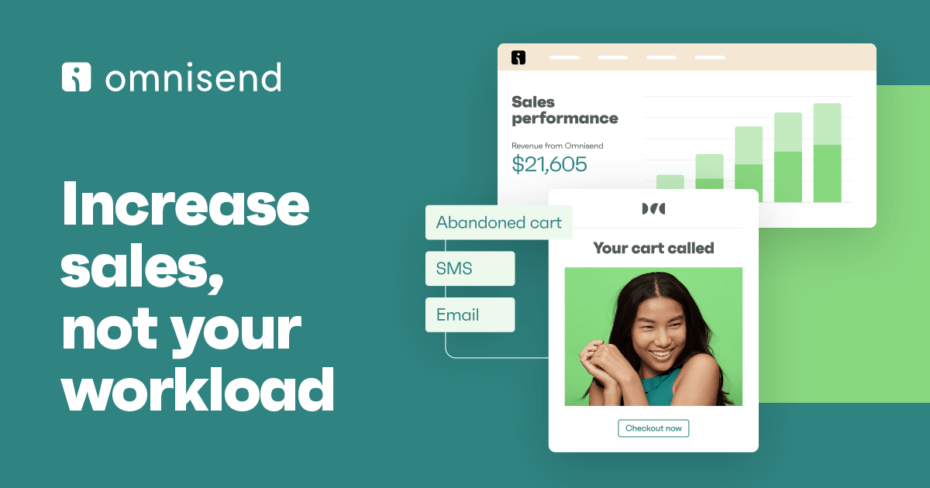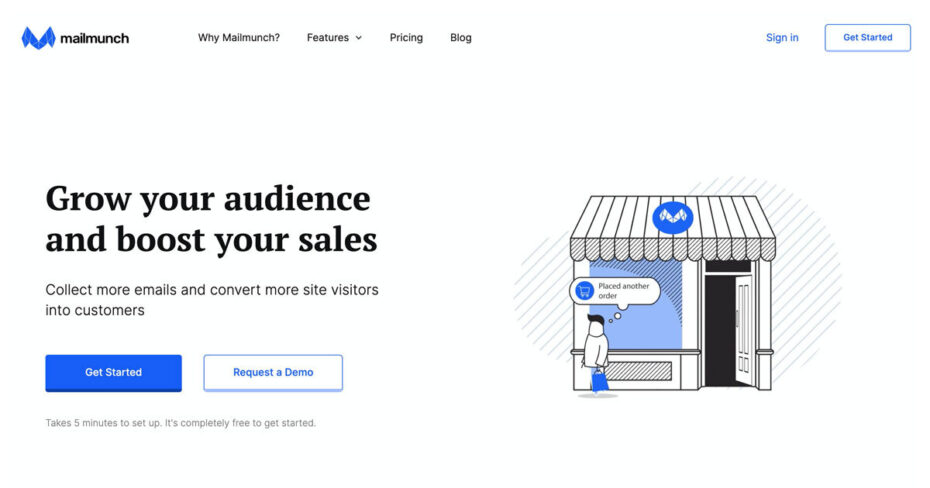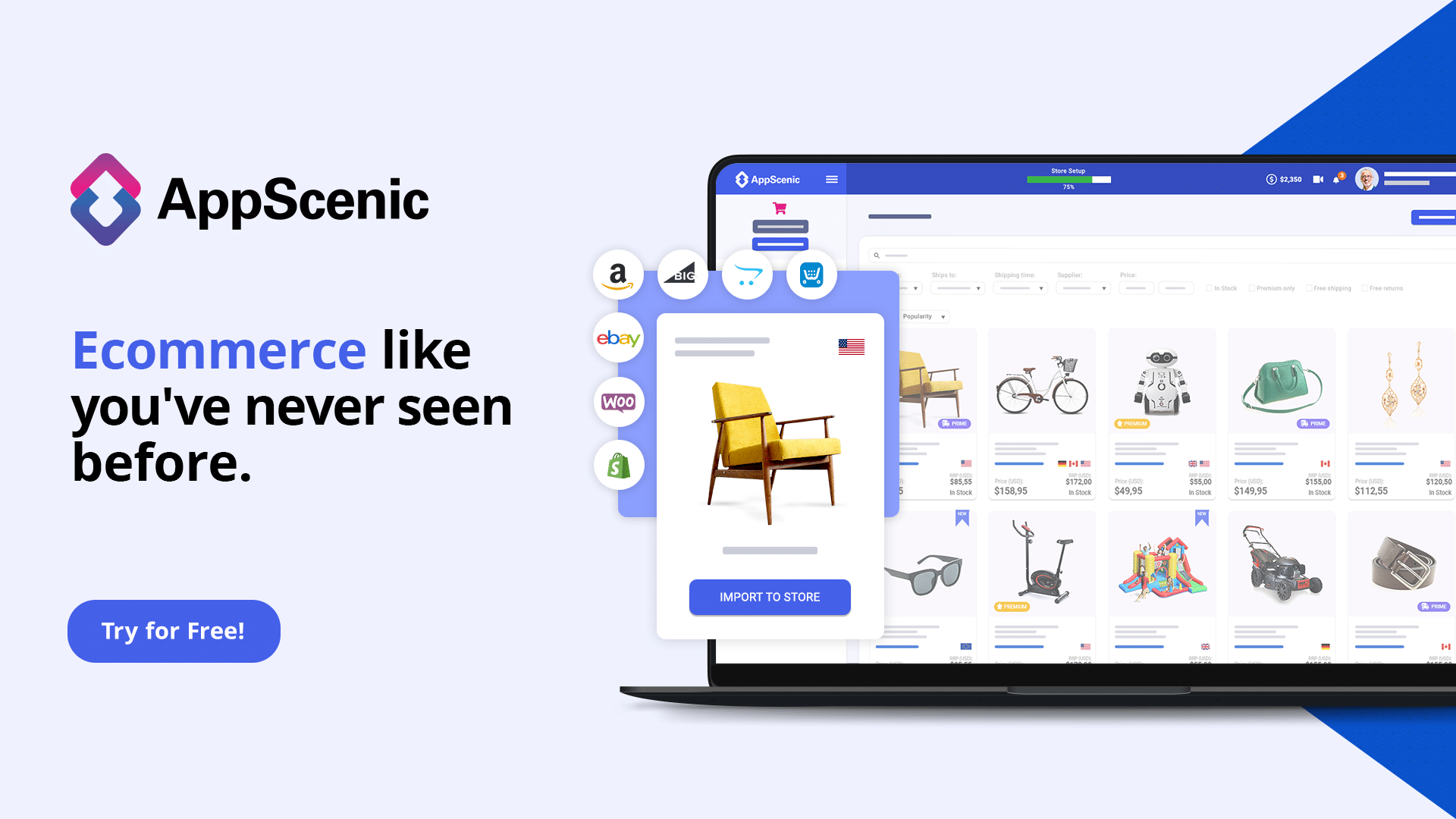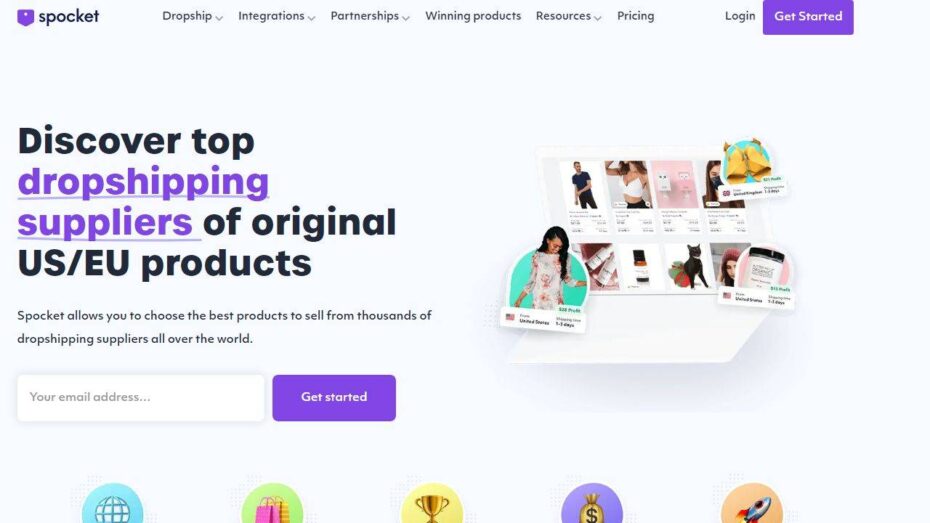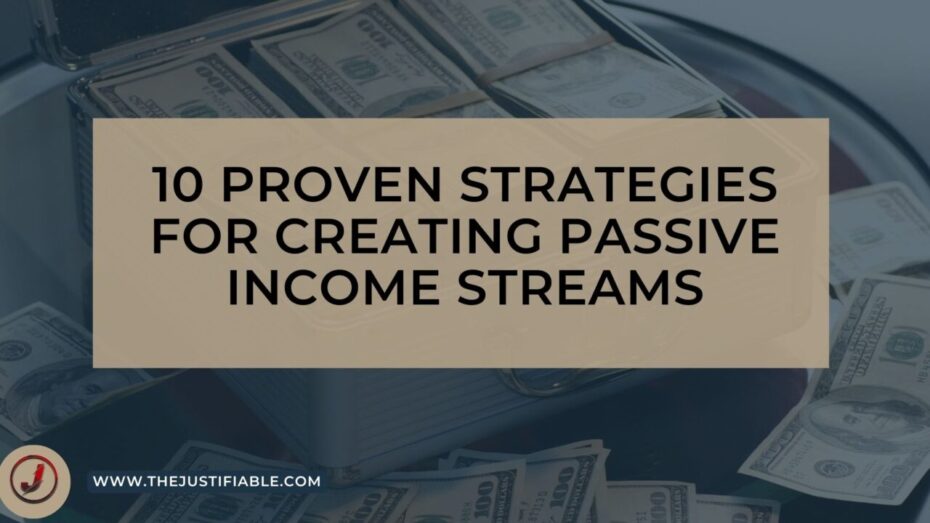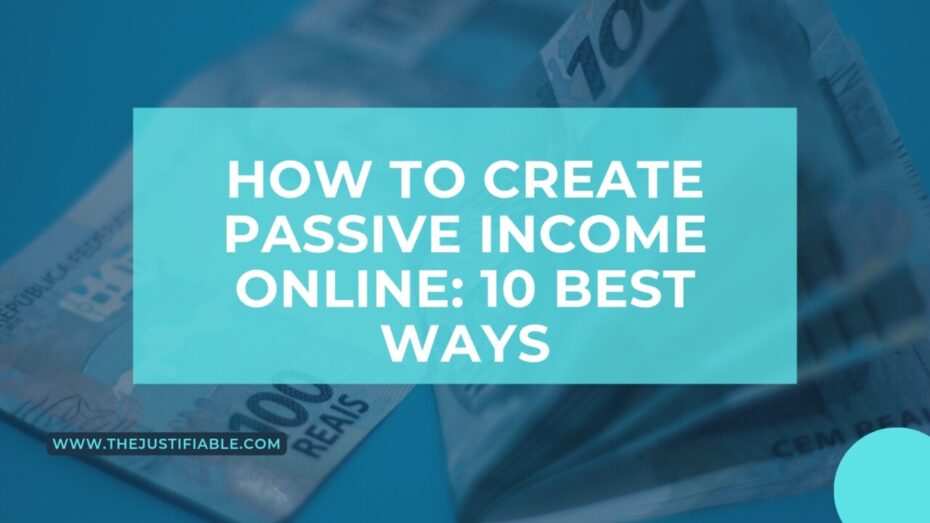Disclosure: This post contains affiliate links, which means that if you click on them and make a purchase, I will receive a commission. Read our Disclaimer for More.
How can I make money online? What if I told you that making money online isn’t just a dream, but a tangible reality for many? Are you looking for ways to supplement your income, or perhaps you’re aiming to replace your 9-to-5 job entirely? How can one navigate the vast ocean of online opportunities to find genuine, profitable ventures? Making money online offers a myriad of paths, each with its unique set of strategies, tools, and potential pitfalls.
My recommendation is to approach online income with a mindset geared towards learning and adaptation. The digital world is constantly evolving, and so are the opportunities within it. In my opinion, the foundation of success in making money online lies in continuous education, practical application, and the willingness to experiment and grow. My intention is to guide you through this exciting journey, providing you with actionable insights and strategies to help you tap into your online earning potential.
Elevate Your Earnings With Affiliate Marketing Mastery
Have you ever wondered how affiliate marketing could be a lucrative venture for you? The journey to mastering affiliate marketing begins with understanding its core principles and leveraging them to your advantage. It’s about more than just promoting products; it’s about building a network, understanding your audience, and offering value through your recommendations.
In my experience, the first step to success in affiliate marketing is choosing the right niche. This involves research and understanding market demands. From my perspective, it’s crucial to select products or services that you are passionate about and that align with your audience’s interests. This alignment not only makes your marketing efforts more genuine but also increases the likelihood of conversions.
Moreover, I strongly believe that consistency and quality content are key factors in affiliate marketing success. By creating valuable and informative content that addresses your audience’s needs, you can establish trust and credibility. This trust is the foundation upon which successful affiliate marketing is built. Let’s delve deeper into how to choose profitable programs and boost your affiliate sales effectively.
The Art of Choosing Profitable Affiliate Programs
What makes an affiliate program profitable for your specific niche or audience? From my perspective, the selection process involves a careful evaluation of the program’s commission structure, the relevance of the product or service to your audience, and the trustworthiness of the brand.
Firstly, I recommend looking for programs that offer competitive commissions and have a track record of timely payouts. It’s important to feel confident that your efforts will be fairly compensated. Additionally, consider the support and resources the program provides to its affiliates. These can be invaluable in helping you maximize your marketing strategies.
Secondly, my advice is to prioritize programs whose products or services you have personally tested or believe in. This personal experience or belief enables you to promote these offerings more convincingly, creating a more authentic connection with your audience. According to many successful affiliate marketers, authenticity often translates into higher conversion rates.
Strategies to Boost Affiliate Sales on Your Platforms
Once you’ve selected the right affiliate programs, how can you boost your sales? My suggestion is to start by optimizing your content strategy. This means creating content that not only highlights the benefits of the products or services you’re promoting but also addresses common questions or concerns your audience may have.
In my opinion, utilizing various platforms like blogs, social media, and email marketing can significantly amplify your reach and engagement. Tailor your messages for each platform to ensure they resonate with your audience. For instance, video reviews might perform well on social media, while in-depth articles could be more suitable for your blog.
Most importantly, my recommendation is to constantly analyze and refine your strategies based on performance data. Tools like Google Analytics can offer insights into what’s working and what isn’t. This data-driven approach allows you to make informed decisions and continually optimize your affiliate marketing efforts for better results. Remember, the key to success in affiliate marketing is persistence, learning, and adaptation.
Unlock the Power of Email Marketing for Substantial Revenue
Did you know that for every dollar spent on email marketing, the average return is an astounding $42? This statistic not only highlights the effectiveness of email marketing but also underscores its potential as a powerful tool in your digital marketing arsenal. In a world where digital platforms are constantly evolving, email remains a constant, providing a direct line to your audience’s inbox.
In my experience, the success of email marketing hinges on understanding your audience and delivering content that resonates with them. It’s about more than just sending out emails; it’s about creating a personalized experience that engages and motivates your audience to act. By focusing on delivering value and relevance through each email, you can build a loyal following that looks forward to your messages.
Moreover, I strongly believe in the power of analytics and testing in email marketing. Tracking open rates, click-through rates, and conversions can provide invaluable insights into what works and what doesn’t. This data-driven approach allows you to refine your strategy continuously, ensuring your email marketing efforts are as effective as possible. Let’s dive deeper into how crafting irresistible email campaigns and segmenting your list can significantly enhance your email marketing results.
Email Marketing Recommendations
Aweber
| Omnisend
| Mailmunch
|
Crafting Irresistible Email Campaigns That Convert
What makes an email campaign irresistible? From my point of view, it starts with a compelling subject line. This is your first and sometimes only chance to capture the attention of your audience. A subject line that sparks curiosity, offers value, or creates a sense of urgency can significantly increase your open rates.
Once opened, the content of your email should deliver on the promise of your subject line. My advice is to focus on the benefits your product or service offers, rather than just its features. Tell a story, offer a solution to a problem, or share valuable information that your audience finds useful. This approach not only engages your reader but also builds trust and credibility for your brand.
Furthermore, a strong call-to-action (CTA) is crucial for converting readers into customers. My suggestion is to make your CTA clear, concise, and compelling. Whether it’s to download a guide, make a purchase, or sign up for a webinar, your CTA should be easy to find and act on. Remember, the goal of your email campaign is to guide your audience toward a desired action, so make it as simple as possible for them to take that step.
Segmenting Your List for Targeted, Profitable Outreach
Why is segmenting your email list so important? From my perspective, segmentation allows you to tailor your messaging to different segments of your audience based on their interests, behaviors, or demographics. This personalization leads to higher engagement rates, as your emails are more relevant to each recipient.
Implementing segmentation can start simply. My recommendation is to begin with basic categories such as new subscribers, active customers, and inactive customers. This basic segmentation enables you to craft targeted campaigns that speak directly to where each subscriber is in their journey with your brand.
Lastly, I believe in the power of behavior-based segmentation. This involves segmenting your list based on actions your subscribers have taken, such as past purchases or content they’ve engaged with. According to many successful email marketers, this strategy can significantly increase conversion rates. It allows you to send highly relevant and personalized emails that resonate deeply with your audience, encouraging them to take action.
Blogging Brilliance: Turn Your Passion Into Profit
It might surprise you to learn that some bloggers earn as much or even more than corporate executives. This revelation underscores the potential of blogging as a profitable venture. It’s a space where passion meets profit, enabling individuals to earn from what they love doing. Blogging has evolved from a hobbyist activity into a lucrative platform for entrepreneurs, writers, and creatives alike, blending the art of storytelling with strategic monetization.
Blogging success is rooted in consistency, quality, and strategic promotion. The creation of engaging, valuable content that resonates with a target audience is paramount. This content not only showcases your expertise but also builds trust with your readers. It’s this trust that eventually translates into profitability. Moreover, understanding your audience deeply allows you to tailor your content to meet their needs, thus increasing engagement and loyalty.
Furthermore, leveraging social media and email marketing to amplify your blog’s reach can significantly enhance its visibility and traffic. These channels provide platforms for promoting your content to a wider audience, driving more traffic back to your blog. Integrating these promotional strategies with your blogging can create a synergistic effect, boosting your blog’s growth and income potential. Now, let’s delve into the intricacies of SEO and advanced monetization techniques that can set your blog apart.
SEO Secrets for Blogging Success: Attract and Monetize Traffic
How do you ensure your blog stands out in the vast sea of online content? The answer lies in mastering SEO (Search Engine Optimization). SEO is the linchpin in increasing your blog’s visibility, attracting a steady stream of traffic that can be monetized. Implementing keyword research to understand what your target audience is searching for is the first step. This enables you to create content that aligns with their queries, increasing the chances of your blog appearing in search results.
On-page SEO tactics, such as optimizing your titles, headings, and meta descriptions, play a crucial role in enhancing your blog’s search engine ranking. Additionally, the importance of creating high-quality, relevant content cannot be overstated. Search engines favor content that provides value to readers, rewarding such content with higher rankings. This, in turn, attracts more visitors to your blog, creating more opportunities for monetization.
Another critical aspect of SEO is building backlinks from reputable sites. This not only improves your site’s authority but also drives referral traffic. I recommend guest posting and collaborating with other bloggers as effective strategies for building backlinks. Remember, SEO is a long-term strategy that requires patience and persistence, but the payoff in terms of increased traffic and monetization potential is well worth the effort.
Monetization Techniques for Bloggers: Beyond the Basics
Once you have a steady flow of traffic, how do you monetize it effectively? Moving beyond basic ad revenue, there are several innovative strategies to consider. Affiliate marketing, for instance, can be a significant income stream for bloggers. By recommending products or services and earning a commission for each sale made through your referral, you can align your content with products that resonate with your audience, thus maximizing earnings.
Creating and selling digital products such as e-books, courses, or premium content can also provide substantial revenue. These products allow you to leverage your expertise and the trust you’ve built with your audience to offer value-added content. It’s important to listen to your audience and understand their needs, as this will guide you in creating products that they are willing to pay for.
Additionally, offering sponsored content opportunities to brands that align with your blog’s niche can be lucrative. This involves partnering with brands to create content that promotes their products or services. My advice is to maintain transparency with your audience when posting sponsored content to preserve trust. Each of these strategies requires a unique approach, but when executed effectively, they can significantly increase your blog’s revenue. Remember, the key to successful monetization is diversification; don’t rely on a single income stream. Instead, explore multiple avenues to maximize your blog’s earning potential.
Dropshipping: A Low-Startup Path to Significant Profits
Dropshipping stands out as a compelling business model for entrepreneurs looking to enter the e-commerce space with minimal upfront investment. The beauty of dropshipping lies in its simplicity and efficiency: you sell products directly to customers without ever holding inventory. This model drastically reduces the financial barriers to entry, making it an attractive option for those looking to make their mark in the online retail world.
The key to thriving in dropshipping is not just finding the right products but also understanding market demands and customer preferences. It involves meticulous research and staying ahead of trends to identify products that not only have high demand but also offer good profit margins. From my perspective, success in dropshipping is as much about intuition and insight as it is about strategy and execution.
Moreover, building a robust relationship with reliable suppliers is crucial. Your supplier’s reliability and product quality directly impact your brand’s reputation. I recommend vetting suppliers thoroughly and establishing clear communication channels to ensure that your customers receive high-quality products promptly. This foundational work sets the stage for a dropshipping business that is not only profitable but also sustainable in the long term.
Finding Your Niche: Dropshipping Product Selection Strategies
Selecting the right products is the cornerstone of a successful dropshipping business. But how do you find your niche in a market flooded with options? It begins with understanding your target audience and what solutions you can offer to their problems. I strongly believe that niches with passionate communities tend to have more loyal customers, which can be beneficial for repeat business.
Conducting competitor analysis is also invaluable. This helps you understand what products are currently performing well and why. My suggestion is to look for gaps in the market that you can fill. Unique or hard-to-find products that solve a specific problem or cater to a particular hobby or interest can set your store apart from the competition.
Lastly, I recommend using data analytics tools to gauge potential demand for your selected products. Tools like Google Trends or keyword research platforms provide insights into search volume and trends, helping you make data-driven decisions. Remember, selecting the right niche is a balance between passion, profitability, and demand. It’s about finding a segment you are passionate about and where you can add real value to your customers.
Marketing Your Dropshipping Store: A Guide to Driving Sales
Once your store is set up with a curated selection of products, the next crucial step is driving traffic to your site and converting visitors into customers. Effective marketing is key to this process. Social media advertising, particularly on platforms like Facebook and Instagram, offers powerful tools to target your ideal customer demographics. These platforms allow for detailed targeting based on interests, behaviors, and more, making them invaluable for reaching potential customers.
Email marketing is another powerful tool in your arsenal. By collecting emails from your site visitors, you can create targeted campaigns that nurture leads and encourage repeat purchases. My advice is to offer value in every email, whether through exclusive deals, informative content, or early access to new products. This strategy helps build a relationship with your audience, turning one-time buyers into loyal customers.
Content marketing, though often overlooked in dropshipping, can significantly boost your store’s visibility and authority. Creating valuable content related to your niche attracts organic traffic and establishes your brand as a thought leader. From my point of view, investing in a blog for your store or creating how-to guides and product reviews can dramatically improve your SEO, drawing more traffic and, ultimately, more sales. Balancing these marketing strategies effectively ensures your dropshipping venture’s growth and profitability.
Freelancing Your Way to Financial Freedom
Embarking on a freelancing journey can be one of the most liberating career decisions you’ll ever make. It offers the flexibility to work on your terms, the opportunity to choose projects that excite you, and the potential to earn significantly more than traditional employment. However, the path to financial freedom through freelancing requires strategic planning, skill development, and effective marketing of your services.
The first step towards a successful freelancing career is to identify your marketable skills. In today’s digital age, skills in technology, creative industries, writing, and consulting are highly sought after. Yet, the most lucrative skills are those that solve a specific problem for businesses or individuals. From my perspective, specializing in a niche where demand is high but supply is low can set you apart in the freelance market.
Moreover, continuous learning and skill enhancement are crucial. The freelance market is dynamic, with new tools and technologies emerging regularly. Staying updated with industry trends and enhancing your skill set accordingly can not only make you more attractive to potential clients but also allow you to command higher rates. I recommend dedicating time each week to learning and professional development to stay competitive.
Identifying Lucrative Skills in the Freelance Market
The freelance market is vast, but how do you identify which skills are the most lucrative? It begins with research. Exploring platforms like Upwork, LinkedIn, and industry forums can give you insight into which skills are in demand and what clients are willing to pay a premium for. According to my research, skills related to digital marketing, web development, graphic design, and content writing are consistently in high demand.
Another strategy is to identify emerging trends in the market. For instance, with the rise of e-commerce, skills in SEO, social media marketing, and e-commerce platform management have become highly sought after. I suggest keeping an eye on industry news and reports to spot these trends early.
Furthermore, don’t underestimate the value of soft skills such as communication, time management, and client relationship management. My experience has shown that freelancers who excel in these areas often receive more repeat business and referrals, enhancing their earning potential. Thus, focusing on both hard and soft skills can significantly impact your freelancing success.
Building a Standout Freelancer Profile: Tips and Tricks
Creating a standout freelancer profile is your chance to make a great first impression on potential clients. A compelling profile not only showcases your skills and experience but also reflects your professionalism and dedication to your craft. The key is to be clear, concise, and compelling. Start with a strong headline that captures your expertise and what you offer.
Next, in your summary section, tell your story. Explain not just what you can do, but how you can help potential clients achieve their goals. Highlight your unique selling points and include specific results or achievements when possible. From my point of view, clients are looking for proof of your ability to deliver, so don’t shy away from showcasing your successes.
Lastly, I strongly believe in the power of testimonials and work samples. Including positive feedback from previous clients and examples of your work can significantly boost your credibility. My advice is to update your profile regularly with new accomplishments and samples, ensuring it reflects your current skills and experiences. Remember, a great profile is an essential tool in your freelancing arsenal, making it worth the investment of your time and effort.
Online Courses: Sharing Knowledge for Cash
The digital age has democratized education, allowing anyone with expertise in a particular area to share their knowledge and, importantly, monetize it through online courses. This has opened up a lucrative avenue for experts across various fields to create a substantial income stream. The beauty of online courses lies in their scalability and the ability to reach a global audience, breaking down geographical and financial barriers to education.
Creating an online course that sells requires more than just expertise in your subject matter. It demands an understanding of your target audience’s learning needs and preferences. Most importantly, the course content must be engaging, well-structured, and designed to facilitate real learning outcomes. From my perspective, the key is to create a course that not only delivers valuable information but also provides practical applications, making the learning experience both enriching and enjoyable.
Moreover, the success of an online course heavily relies on its quality and relevance. I recommend staying updated with the latest trends and advancements in your field to ensure your course remains current and valuable. Additionally, incorporating various multimedia elements such as videos, quizzes, and interactive assignments can significantly enhance the learning experience, making your course more appealing and effective.
Crafting Courses That Sell: Content Creation Strategies
What sets a successful online course apart from the myriad of options available? It all starts with a solid content creation strategy. Identifying a unique angle or niche for your course is crucial. This means doing thorough market research to understand what’s already out there and finding a gap you can fill. I believe that courses which address specific pain points or offer specialized knowledge tend to perform better as they cater to a clearly defined audience.
When developing your course content, my advice is to focus on actionable insights and real-world applications. Learners value courses that provide them with skills they can immediately apply. Thus, include case studies, examples, and practical exercises that reinforce the theoretical knowledge. This approach not only makes your course more engaging but also increases its value proposition.
Additionally, the structure of your course plays a significant role in its success. Breaking down the content into digestible modules or sections helps in maintaining the learner’s interest and facilitating a better understanding of the subject matter. My suggestion is to start with foundational concepts and gradually build up to more complex topics, ensuring a logical flow that guides learners through their educational journey effectively.
Marketing Your Online Course: Techniques for Maximum Reach
Once your course is ready, the next challenge is to market it effectively to reach potential learners. Leveraging social media platforms can be a powerful strategy to create awareness and interest in your course. I recommend using a mix of content types, including teasers, testimonials, and informative posts that highlight the benefits of your course, to engage your audience and drive traffic to your course page.
Email marketing is another critical component of a successful course launch. By building an email list and sending out targeted campaigns, you can directly communicate with people who have shown interest in your offerings. My advice is to provide value in each email, such as exclusive insights or free resources, to build anticipation and encourage sign-ups.
Lastly, partnerships with influencers or experts in your field can significantly amplify your course’s visibility. These collaborations can take the form of guest lectures, joint webinars, or affiliate promotions. From my experience, endorsements from respected figures in the industry lend credibility to your course and help attract a larger audience. Remember, the key to marketing your online course successfully lies in understanding your audience and utilizing multiple channels to reach them effectively.


